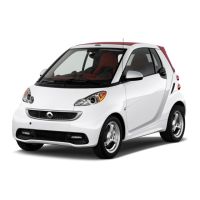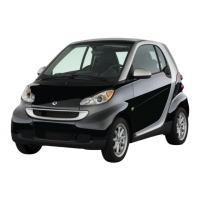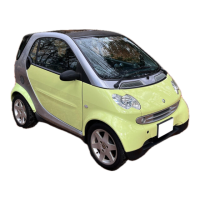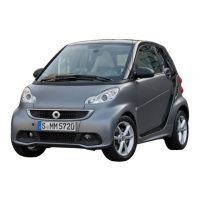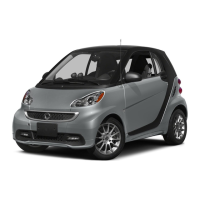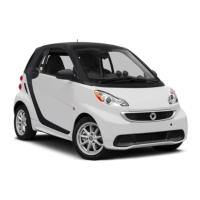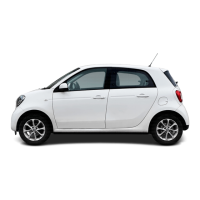R
only secure the tow rope to the towing
eye.
R
observe the brake lamps of the towing
vehicle while
driving. Always maintain a
distance so that the tow rope does not
sag.
R
do not use steel cables or chains to tow
your vehicle. You could otherwise dam-
age the vehicle.
!
Do not use the towing eyes for recovery
purposes as this could damage the vehicle.
If in doubt, recover the vehicle with a
crane.
!
Pull away smoothly when towing away or
tow-starting a vehicle. If the tractive
power is too high, the vehicles could be
damaged.
!
You may tow the vehicle for a maximum of
50km. A towing speed of 50 km/h must not be
exceeded.
For towing distances over 50 km, the entire
vehicle must be lifted up and transported.
Observe the legal requirements for the rele-
vant countries when towing and tow-starting.
It is better to have the vehicle transported
than to have it towed.
Vehicles with automatic transmission: when
towing a vehicle, the transmission must be in
position N.
i
Before the vehicle is towed, switch off the
automatic locking feature (Y page 60). You
could otherwise be locked out when pushing
or towing the vehicle.
i
Vehicles with the basic carrier fitted:
Do not tow away the vehicle with the basic
carrier fitted.
Do not secure the tow cable or tow bar to the
basic carrier.
Fitting/removing the towing eye
Fitting the towing eye
X
Remove the towing eye from the stowage
space.
The towing eye is located in the vehicle
tool kit
stowage compartment in the front-
passenger footwell (Y page 184).
X
Carefully prise out cover : using a suit-
able tool, e.g. a plastic wedge.
X
Screw in the towing eye clockwise to the
stop and tighten it.
Removing the towing eye
X
Loosen the towing eye and unscrew it.
X
Position top of cover : in the
bumper and
press it in at the bottom until it engages.
X
Place the towing eye in the vehicle tool kit
stowage compartment in the front-
passenger footwell (Y page 184)
.
Towing and tow-starting
193
>> Breakdown assistance.
Z

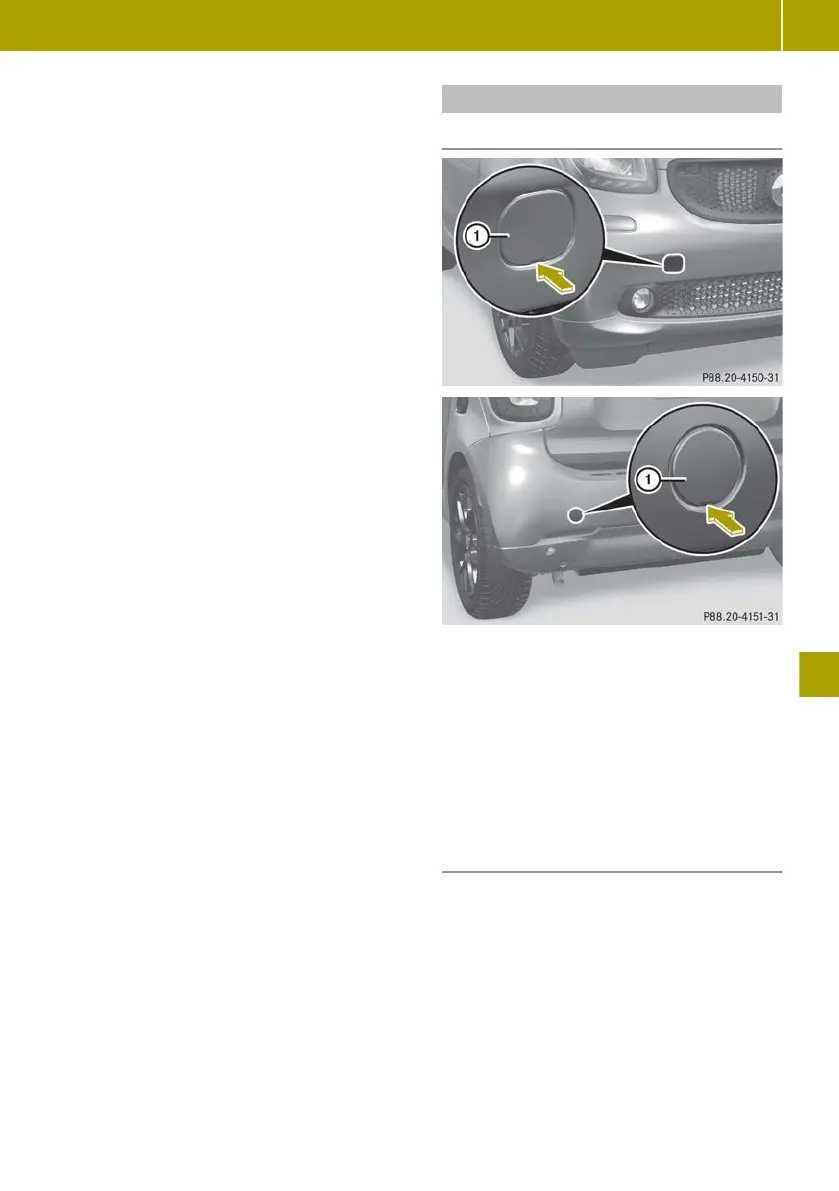